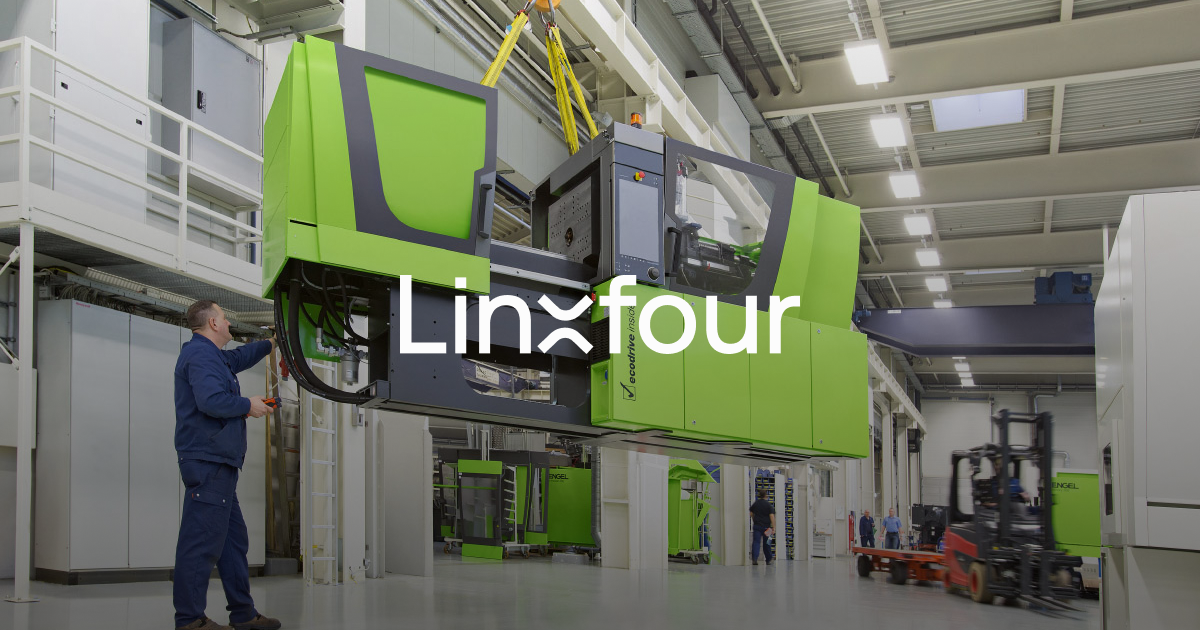In the fast-paced world of manufacturing finance, the concept Pay per Use Equipment Finance is emerging. It is changing the traditional financial models and providing businesses with incredible flexibility. Linxfour has been in the forefront of this transformation using Industrial IoT in order to bring a completely new style of finance that is beneficial to both equipment manufacturers and operators. We examine the complexities of Pay-per-Use financing, the impact it has in challenging conditions, and how it will transform the way we conduct business by shifting from CAPEX into OPEX. This unlocks off the process of preparing balance sheets according to IFRS16.
Pay-per Use Financing: It’s Powerful
At its core Pay per use financing for equipment used in manufacturing is a game changer. Instead of rigid fixed payments, businesses pay based upon the actual usage of the equipment. Linxfour’s Industrial IoT integrate ensures accurate usage tracking, providing transparency. It eliminates any the possibility of hidden costs or penalties if equipment is not utilized to its maximum. This unique approach gives greater flexibility in managing cash flow, which is crucial during times when customer demand fluctuates and revenues are at a low level.
Effect on Sales and Business Conditions
The overwhelming majority of equipment makers is testimony to the benefits of Pay Per Use financing. Even in difficult business conditions, 94% of equipment manufacturers think this method will help boost sales. The ability to integrate costs directly with the use of equipment not only attracts businesses looking to optimize spending but also makes it a win-win situation for manufacturers, who could provide better finance options to their customers.
Accounting Transformation: From CAPEX to OPEX
One of the key differentiators between traditional leasing and Pay per Use financing is the accounting aspect. With Pay per Use, organizations undergo a profound shift from capital expenditures (CAPEX) to operating expenses (OPEX). This is a major impact on financial reporting because it provides a clearer understanding of the cost associated with revenue.
Unlocking Off-Balance Sheet Treatment under IFRS16
Pay-per-Use financing has a distinct advantage since it is considered to be off balance sheet. This is a critical factor to take into account when developing the International Financial Reporting Standard 16 IFRS16. By transforming the equipment financing cost into a liability firms can take the cost off their balance sheet. This helps reduce financial leverage, and minimizes investment hurdles making it appealing to companies looking for an easier and more flexible financial structure. Click here Equipment as a service
Intensifying KPIs and TCO in the event of under-utilization
In addition to off balance sheet management Pay-per-Use models also contribute to increasing important performance indicators (KPIs) like free cash flow and Total Cost of Ownership (TCO) particularly when under-utilization is a factor. Traditional lease models can cause problems when equipment isn’t meeting the expected rates of utilization. Businesses can boost their financial results by reducing fixed costs on assets that aren’t being utilized.
Manufacturing Finance: The Future
As businesses continue to navigate a complex economic landscape which is constantly changing, innovative financing methods like Pay-per use can set the foundation for a resilient and adaptable future. Linxfour’s Industrial IoT approach benefits not just manufacturers and operators of equipment and suppliers, but also aligns with the trend of businesses that are looking for sustainable and flexible financing solutions.
As a result, Pay-per-Use as well as the accounting change from CAPEX (capital expense) to OPEX (operating expenses), and the off balance sheet approach of IFRS16 represent a significant change in manufacturing financing. As companies strive to achieve effectiveness, financial agility and higher KPIs, adopting this innovative financing model becomes a strategic imperative in staying ahead with the ever-changing manufacturing environment.

